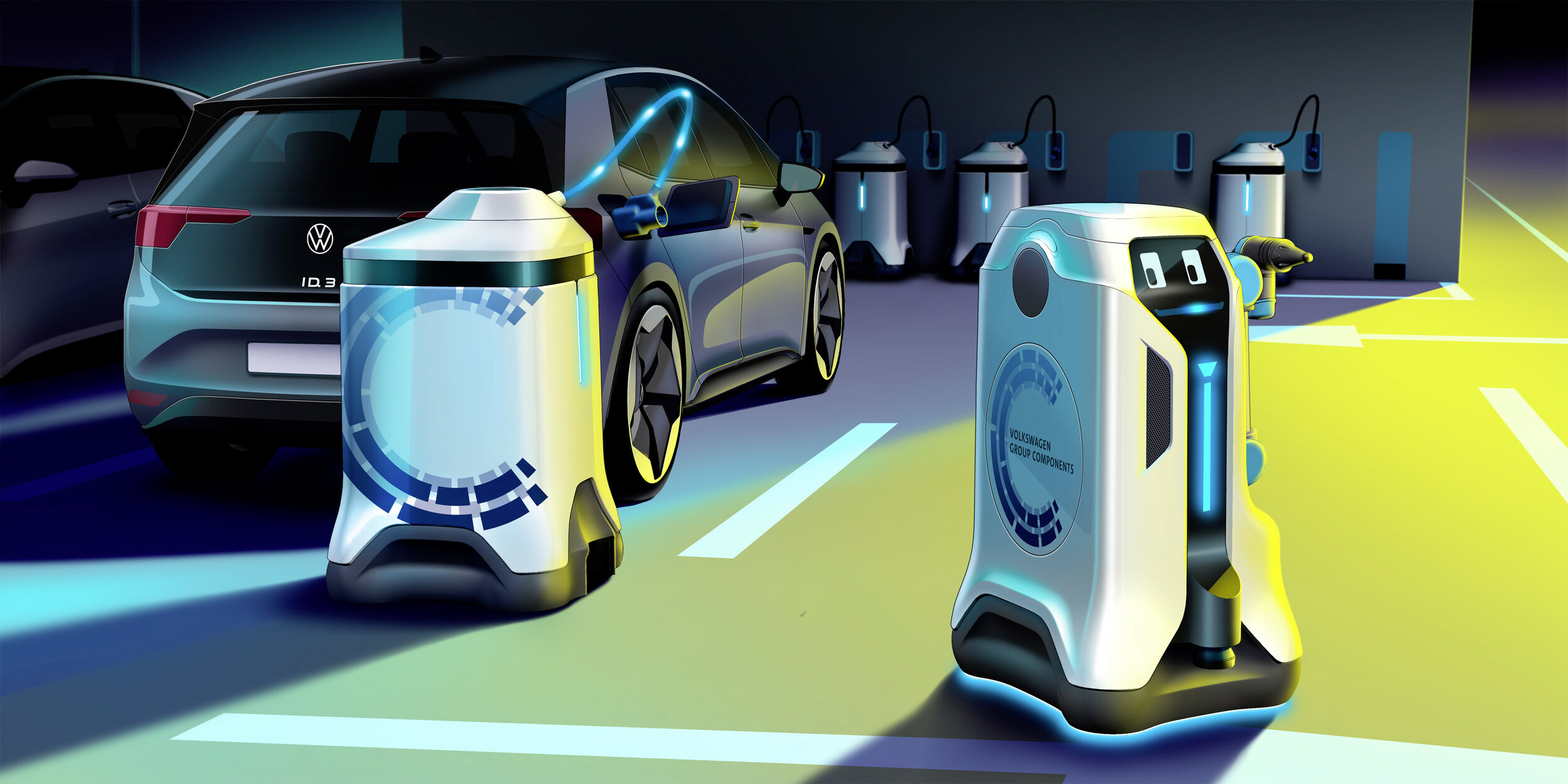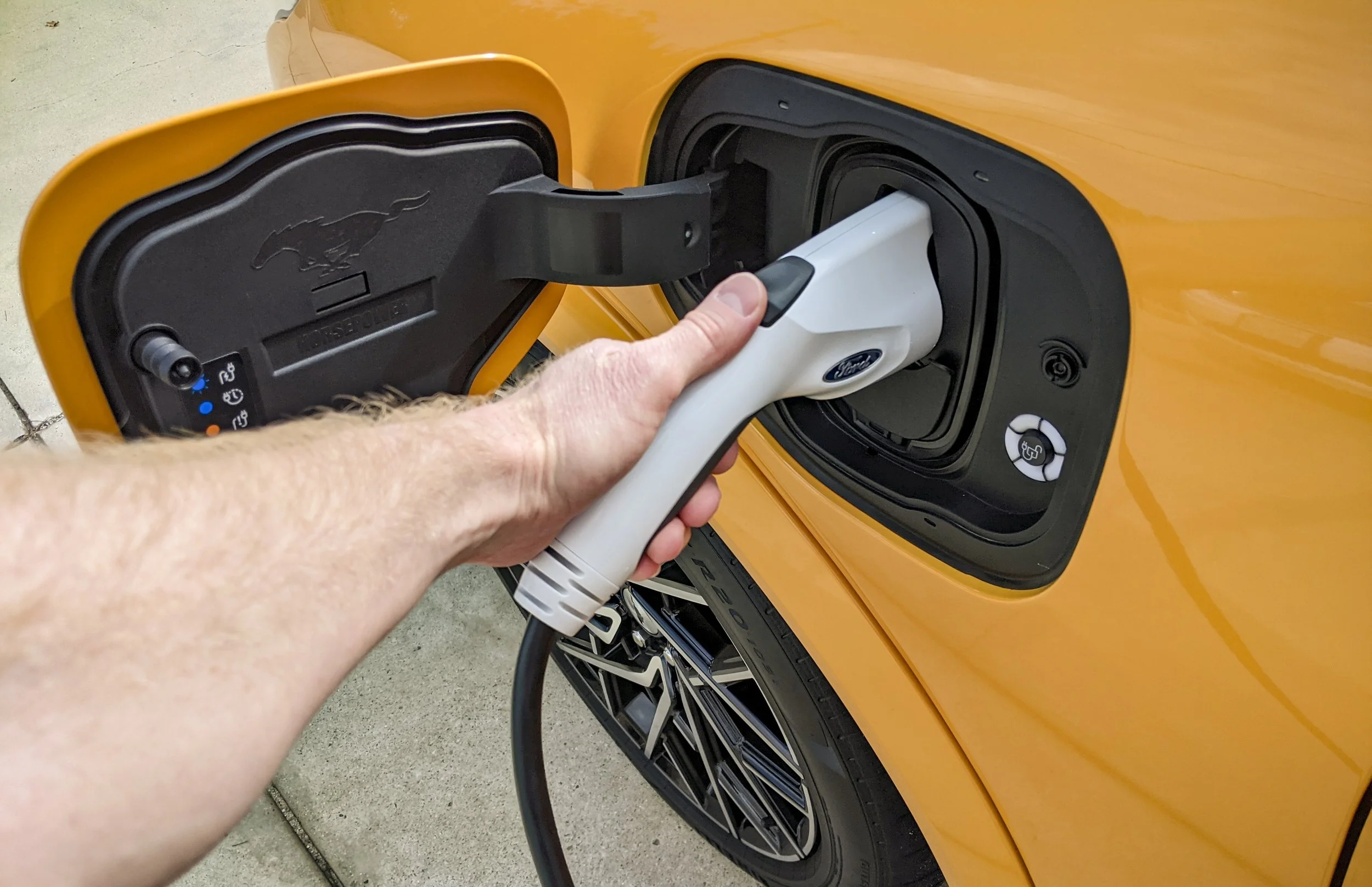Lessons From 2020: My First Year Studying Electrification
By Phil Royle – Dec. 31, 2020
About one year ago, utterly clueless of what the year held in store, I helped launch this website. The goal was twofold: for me to expand my knowledge about the world of automotive electrification, and for The Watt Car to offer readers insight into the industry as told by experienced automotive journalists.
When the site launched in December 2019, electrification was certainly not unique, but as The Watt Car contributor Edward A. Sanchez pointed out to me when I told him I wanted to learn more about electrified vehicles, the electrified segment of the market would look wildly different in three to five years. Little did we know how much change the first year in his estimation would bring.
Yet what follows isn’t a log of 12 months of industry disruption and billion-dollar EV one-upsmanship; rather, this is what I learned over the course of 2020 as I began to educate myself on everything from hybrids to PHEVs to BEVs.
EV range anxiety is ill-named
Range anxiety is real, but not in the way people think. When this site launched, I felt 250-300 miles of EV range was the minimum needed for EVs to succeed, but being a super-commuter, I quickly realized 500 miles was probably the break-even point for the disappearance of range anxiety. Then somehow my mind grew that number closer to 700 miles (roughly the distance you can drive in one day). Now, however, while 500-mile range EVs will soon exist – I’m looking at you, Lucid – and I still dream of 700-mile range four-door EVs, I’ve begun to realize that range anxiety is actually anxiety over charge time.
About a year and a half ago, the Porsche Taycan brought an 800-volt system to production, and now even Hyundai claims it will utilize 800-volt systems in its forthcoming Ioniq sub-brand. Who knows if 800 volts will be the standard, but it’s a step in the right direction in order to alleviate charge time anxiety.
Much in the way the auto industry standardized the size of fuel nozzles for gasoline and diesel for ICE vehicles, the auto industry – and thus consumers – would vastly benefit from EV electrical system and charging standards. We need to eliminate confusing charge rates, plug types, and the need for apps so the average person can understand the process. With today’s cutting-edge technology, let’s call it CCS and 800 volts – done. Now make sure all existing charging stations adhere to that standard – worldwide.
That said, I have no problem with Ferrari, Bugatti, Lamborghini, and other exotics developing their own 1,200- or 1,600-volt systems that can only be charged at their dealerships and Jimmy Choo stores. For the rest of us, if we knew we could add 200 miles of range in 20 minutes at any charging station, so-called “range anxiety” would be a thing of the past.
No EV fits my lifestyle...for now
My current family hauler is a three-row GMC Yukon XL. It’s three rows of Earth-polluting excellence that allows the kids room from “accidentally” poking each other. On road trips, it can go for more than 300 miles on a tank of gas, and refilling takes about 10 minutes. There simply isn’t an EV equivalent to that, and won’t be for a while. Sure, there are EV SUVs, like the Model X and Y, as well as SUVs that are on their way from Ford, GM, Rivian, and Lucid, but none of them offer the room, luggage space, and “recharging” convenience of the massive polluter in my driveway. It will happen – these are early days.
The Yukon XL isn’t my only vehicle. I’m what they call a “super commuter,” driving (pre-pandemic) 90 miles to work, then another 90 miles back. One of the vehicles I tested this year was the Kia Niro EV. With a 240-mile range plus charging stations at my office, I had high hopes for a “low-buck” EV fitting my commuting lifestyle.
Unfortunately, the chargers at my office are highly sought after, and I discovered that I was lucky to charge for three or four hours each day – sometimes my number never came up in the vicious workplace charging crapshoot, thus charging didn’t happen. It also turns out that my work’s chargers are insanely slow, adding just seven miles of range per hour.
A local ChargePoint charger I tested out was not much better.
Fast charging isn’t always easy to find, as this ChargePoint charger illustrated. (Image by Phil Royle)
Yes, overnight home charging would just about replenish the commuting juice, but my test involved not using the heater, a/c, or making diversions on my drive to or from the office – any of those might leave the EV’s mileage in the negative as the week progressed. I never felt like I was going to run out of power during my drive, but I was certainly in a situation where I could only drive the car from point A to point B with no diversions. $40,000+ is a lot to spend to then get pigeonholed.
My conclusion: Until 800-volt charging becomes ubiquitous for all EVs and charging stations – including at my office – hybrids and PHEVs are my reality. The next problem is that the Mitsubishi Highlander PHEV simply isn’t exciting. Perhaps I should test the Toyota RAV4 Prime.
Gas is going away
Gas-powered new-car sales will end. Maybe the 2035 EV deadline in California and the 2030 deadline in Europe will change, but it will be upon us eventually. The rollout won’t happen overnight on Jan. 1, 2030 or 2035, either. California dealer lots on Jan. 1, 2031, will be unrecognizable compared to dealerships on Jan. 1, 2021. And as EVs slowly consume dealer lots, gas stations will begin to disappear.
We will hit a tipping point where there are more public EV chargers than gas stations, and when that happens, EV adoption will likely accelerate exponentially. When electricity is more convenient than gas, consumer preferences will change. Efficiency matters little – convenience is king.
Hydrogen is the future, too...sort of
While electric is the future, so is hydrogen. Come California’s current 2035 consumer vehicle EV sales mandate, electric passenger vehicles and hydrogen commercial vehicles (possibly with three-quarter-ton and one-ton pickups also offering hydrogen variants) will dominate the roadways. Maybe GM will even sell me a hydrogen-powered Yukon XL.
Yes, hydrogen is inefficient compared to battery power, but there’s a ton of hydrogen research going on from America to Australia and beyond. Hydrogen is beneficial in so many ways for larger vehicles. The technology isn’t there yet, but my research over the last year shows it stands a chance of becoming a viable green fuel source.
That said, if battery technology accelerates faster than advances in hydrogen, I’m wrong.
Park on the street? You’re out of luck
Once gas goes away, unless 800-volt (or greater) EVs become the standard with a charging infrastructure to match, convenience in fueling is gone for the foreseeable future. If you can charge your EV at home and/or work, you’ll do just fine. If you’re an apartment dweller or have to park on the street, plus your work doesn’t offer EV charging...sorry buddy, you’re out of luck.
Until a viable solution is standardized (perhaps wireless charging built into the streets), charging might turn into a nightly service you pay for, where someone (or something) plugs your car in overnight with a remote charging device. But ultimately, this will be an additional service expense that many living in apartments might not be able to afford. The result is public transit and ride sharing might become their only option.
Ultimately, this stands to exacerbate the wealth gap.
EV charging for those without access to home or workplace chargers is a societal problem that needs to be solved. I just don’t know if VW’s charging bots are the answer. (Image courtesy Volkswagen)
Tesla is ahead of (most of) the competition
Tesla has its issues, but driving a Kia Niro EV and Tesla Model 3 back-to-back in pre-pandemic 2020 showed me how much better Tesla is. The throttle response is crisper, the car feels more solid – it’s just a better car at that price point.
Go a “little” north of $40,000 and then there is Porsche’s EV, which is undoubtedly refined. But even there, the strike against the Taycan is it’s not part of Tesla’s Supercharger network. The Superchargers are a huge benefit to Tesla ownership. Add it all together, and Tesla is winning bigly.
The competition is catching up
Don’t expect Tesla’s advantage to last. The Hyundai Group will do what it does best and strike a market with force. Hyundai’s E-GMP platform will be a gamechanger.
Likewise, while Ford and GM are currently the biggest of the mainstream legacy automakers publicly making inroads into the EV world, when Toyota and Honda enter, they’ll be forces to be reconned with.
Acceleration is out of control
EVs need to slow down. There’s simply no need for a family sedan or SUV to accelerate to 60 mph in less than four seconds. Raw acceleration proves a point about EVs not being wimpy, but no 16-year-old needs to take a driving test in a supercar, and very few 85-year-olds should have access to more power than a Lamborghini.
What’s the best EV today?
If I were to put down a deposit today for an EV, the rear-drive, extended range Mustang Mach-E is tempting. $50,000 is a lot, but with a 300-mile range, ample seating, an extensive dealer network, and a $7,500 tax credit on the table, this is the deal of the year – and possibly the best deal of 2021.
If I were to buy an EV today, the Ford Mustang Mach-E would be at the top of my list. (Image courtesy Ford)
That said, I drive cars until they die, which means a 10- or 15-year ownership and 300,000 miles isn’t out of the question. I have to look at the future, so with that in mind, the Mach-E’s 400-volt architecture already seems outdated.
Mach-E aside, I’m really interested in what Hyundai brings to the table.
There are a billion EV startups
Every week there’s seemingly another company launching an EV car or electrified transport solution. It’s not unbelievable to me that so many entrepreneurs want to be the next Elon Musk, but it is shocking how many of those companies can raise hundreds of millions of dollars in capital at the drop of a hat.
Case in point, while trying to better the SEO of The Watt Car, I stumbled upon the literal WATT car, based out of Tel Aviv. The bizarre single-wheel design is apparently patented and undoubtedly investors exist.
Indeed, I learned plenty more than this in 2020, but what I really discovered is how correct Edward was with his three-to-five-year electrification assessment. If anything, his was an underestimation.
Now, let’s see what 2021 brings.
(Main image by Phil Royle)
Follow us on Google News and like us on Facebook









